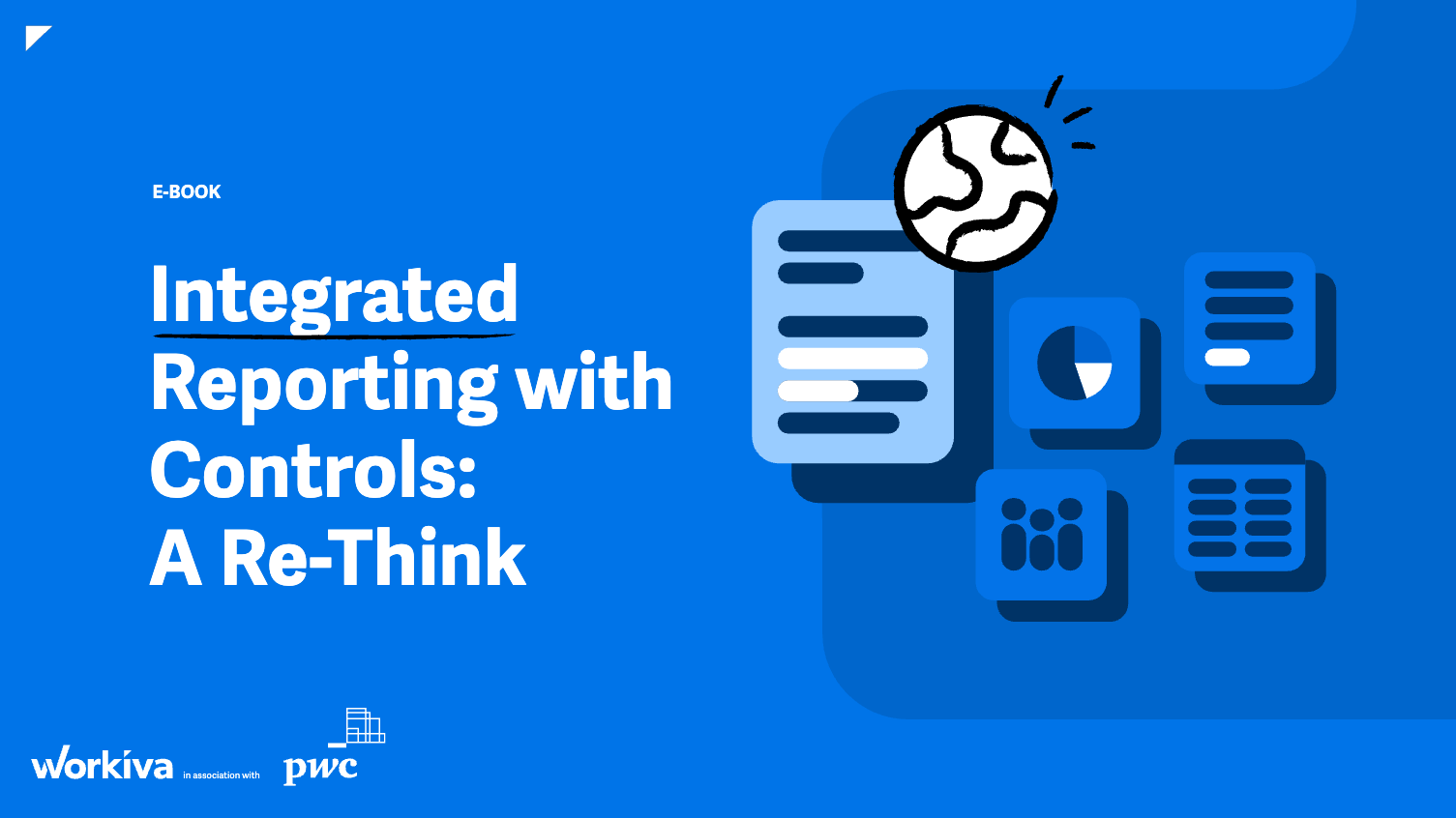In today’s rapidly evolving business landscape, the alignment between Finance and Procurement departments is more critical than ever. With the year 2025 on the horizon, Chief Financial Officers (CFOs) and Chief Procurement Officers (CPOs) are increasingly focusing on collaborative strategies to ensure organizational success. By harnessing the power of data, automation, and refined processes, procurement is poised to significantly enhance financial reporting, cost management, risk mitigation, and other strategic initiatives.
One of the primary objectives for CFOs is to improve financial reporting and analytics. By integrating real-time data and advanced analytics, CFOs aim to achieve greater transparency and expedite decision-making processes. Procurement plays a vital role by providing data on realized savings, supplier performance, and compliance metrics. This information enhances Financial Planning and Analysis (FP&A) and financial reporting, ensuring accurate spend data and contract insights are readily available. Key performance indicators (KPIs) such as spend under management, realized savings as a percentage of total spend, and error rates in data integration are essential metrics for tracking progress.
Cost management and operational efficiency are also at the forefront of CFO priorities. Amidst inflationary pressures and rising costs, optimizing cost structures is crucial for maintaining profitability. Procurement contributes by validating cost savings and improving operational workflows, thereby enhancing overall efficiency. Consistent supplier performance and alignment of cost management efforts with procurement outcomes are pivotal. KPIs such as realized savings as a percentage of spend and procurement-driven reductions in operational inefficiencies provide measurable benchmarks.
Enhancing budgeting and forecasting processes is another area of focus. CFOs prioritize tools that support accurate budgeting through real-time updates and supplier cost trends. Procurement facilitates this by delivering supplier cost trends, contract renewals, and real-time updates to improve forecasts. Supporting treasury and FP&A with historical pricing trends and payment schedules aids in cash flow planning. Forecast accuracy for procurement budgets and variance between planned and actual procurement costs are critical KPIs in this domain.
Building a scalable data infrastructure supports strategic decision-making and meets operational demands. CFOs are investing in robust data systems, and procurement’s role is to standardize supplier and spend data for financial accounting and tax compliance. Maintaining clean supplier master data is essential for enhanced reporting and analysis. KPIs such as data accuracy for supplier records and audit readiness scores are key indicators of success.
Cash flow management and liquidity remain critical focuses for CFOs. Real-time dashboards and forecasting tools ensure liquidity and resilience. Procurement optimizes payment terms, streamlines procure-to-pay workflows, and leverages dynamic discounting to bolster cash flow management. Invoices auto-matched in P2P workflows and early payment discounts captured are significant KPIs.
Automation and AI adoption are transforming processes. CFOs leverage these technologies to streamline reconciliations, reporting, and data analysis, allowing a focus on strategic activities. Procurement automates P2P workflows and exception handling, enhancing accounts payable and financial reporting. Reduction in manual interventions and time savings attributed to automation are pivotal KPIs.
Aligning financial strategies with Environmental, Social, and Governance (ESG) goals is becoming increasingly important. CFOs integrate ESG metrics into financial strategies to meet regulatory demands. Procurement tracks supplier compliance with ESG standards and aligns with corporate sustainability targets. KPIs such as ESG-compliant suppliers and reductions in Scope 3 emissions are essential metrics.
Fostering strategic partnerships with technology providers and consultants is another strategic initiative. These collaborations drive digital transformation and decision-making. Procurement’s role is to collaborate with suppliers to enhance value and align partnerships with cost management, innovation, and ESG initiatives. KPIs include the number of supplier partnerships contributing to financial goals and procurement savings from collaborative initiatives.
Expanding strategic risk management involves addressing risks from climate, geopolitical, and regulatory challenges. CFOs adopt integrated approaches, and procurement leverages analytics and compliance tools to mitigate supply chain risks. KPIs such as procurement-driven risk mitigation activities and supplier risk scores measure success in this area.
Note: This article is inspired by content from https://spendmatters.com/2025/06/02/aligning-finance-and-procurement-aligning-cfo-and-cpo-strategies-for-2025-success/. It has been rephrased for originality. Images are credited to the original source.







